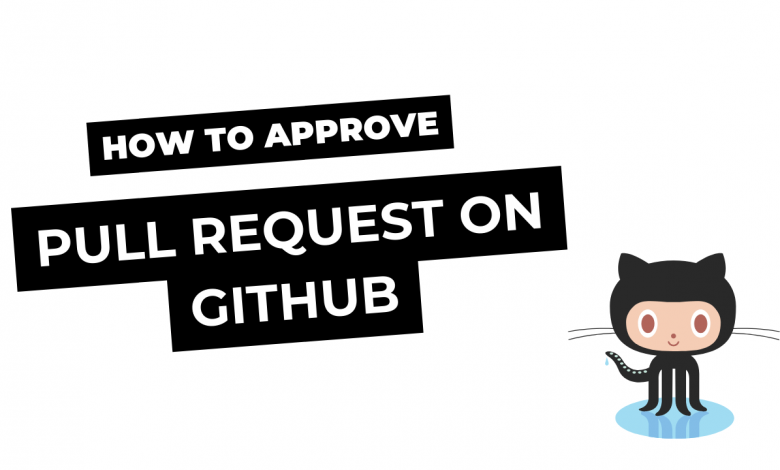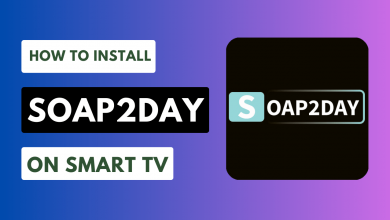How to Approve a Pull Request on GitHub: A Comprehensive Guide – Latest 2024

GitHub is a powerful platform that facilitates collaboration among developers working on open-source and private projects. One of its core features is a pull request on github, which allows developers to propose changes, request reviews, and ultimately merge code into a project. In this step-by-step guide, we will walk you through the process of approving a pull request on GitHub.
A Pull Request on github is a fundamental feature of the GitHub platform that allows developers to propose changes to a repository. It serves as a way to collaborate on code contributions, seek feedback, and eventually merge those changes into the main codebase
Table of Contents
Steps to Approve a Pull Request on Github
Step 1: Access the Repository
To pull request on github, you need to access the GitHub repository where the pull request has been submitted. Navigate to the repository’s main page.
Step 2: Open the Pull Request on Github
Inside the repository, locate the “Pull Requests” tab, usually found near the top of the page. Click on it to view a list of all pull requests for that repository.
Step 3: Select the Pull Request on Github
From the list of pull requests, choose the one you want to review and approve. Click on the pull request’s title to open it.
Step 4: Review the Changes
Once you’re inside the pull request, you’ll see an overview of the changes made by the contributor. GitHub provides a user-friendly interface for reviewing code, which includes a side-by-side comparison of the original code and the proposed changes.
Step 5: Add Comments (Optional)
If you have any comments, suggestions, or concerns about the code changes, you can add comments directly within the pull request. To do this, select the lines of code you want to comment on and click the “+” button that appears. Type your comment, and it will be visible to the contributor.
Step 6: Reviewer Checklist
Some repositories may have a reviewer checklist that outlines specific criteria for approving a pull request. Make sure to review the checklist and ensure that all the requirements are met.
Step 7: Approve the Pull Request
When you are satisfied with the changes and believe they should be merged, it’s time to approve the pull request. To do this, click the “Review” button, then select “Approve” from the dropdown menu.
Step 8: Leave a Review
In the review screen, you can leave a review summary or comment explaining your approval decision. This can provide valuable feedback to the contributor and other reviewers.
Step 9: Submit Your Review
After leaving comments (if any) and approving the pull request, click the “Submit review” button to finalize your decision.
Step 10: Merge the Pull Request (Optional)
Depending on the repository’s settings, you may have the authority to merge the pull request immediately after approval. If so, you can just hit the “Merge pull request” button. Otherwise, the repository maintainers will handle the merging process.
Step 11: Celebrate Collaboration
Congratulations! You’ve successfully approved a pull request on GitHub, contributing to the collaborative spirit of open-source development.
Conclusion: GitHub’s pull request feature simplifies the process of code review and collaboration among developers. By following these steps, you can effectively review and approve pull requests, ensuring that valuable contributions are seamlessly integrated into your projects. Happy coding!
See Also How to Approve Payments on NatWest App – A Comprehensive Guide – Latest 2023

Why people use github?
People use GitHub for a variety of reasons, as it offers a platform for collaborative software development and version control. Here are some key reasons why people use GitHub:
- Version Control: GitHub provides robust version control through Git, allowing developers to track changes to their codebase over time. This helps teams manage and collaborate on code seamlessly.
- Collaborative Development: GitHub enables multiple developers to work on the same project simultaneously. They can fork repositories, create branches, and merge changes, making it easy to collaborate on coding projects.
- Code Hosting: GitHub serves as a hosting platform for code repositories. Developers can store their code online, making it accessible from anywhere, and easily share it with others.
- Issue Tracking: GitHub includes a built-in issue tracking system that allows users to report bugs, request features, and track project tasks. This facilitates communication among team members.
- Code Review: Pull requests and code review tools on GitHub make it simple for developers to review, comment on, and suggest changes to code before it’s merged into the main branch.
- Community and Open Source: Many open-source projects are hosted on GitHub, making it a hub for open-source collaboration. Developers can contribute to these projects, learn from them, and build a portfolio.
- Continuous Integration (CI) and Continuous Deployment (CD): GitHub integrates with CI/CD tools, automating the testing and deployment processes, which is crucial for maintaining code quality and reliability.
- Documentation: GitHub allows developers to create and host documentation for their projects. Well-maintained documentation is essential for understanding and using software.
- Portfolio and Resume: Developers often use GitHub as a showcase for their skills and projects. It can serve as a portfolio that potential employers and collaborators can review.
- Security: GitHub offers security features such as vulnerability scanning and dependency management to help developers identify and address security issues in their code.
- Education: GitHub is widely used in educational settings to teach version control, collaboration, and coding practices. It provides a practical platform for students to work on coding projects.
- Community and Networking: GitHub has a large and active community of developers. It’s a place to network, learn from others, and seek help with coding challenges.
Overall, GitHub is a versatile platform that caters to developers, teams, and organizations of all sizes, making it a central tool for modern software development and collaboration.
See Also How to Cash App Request in One Day



